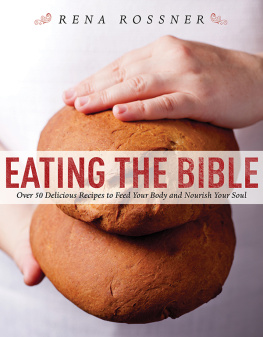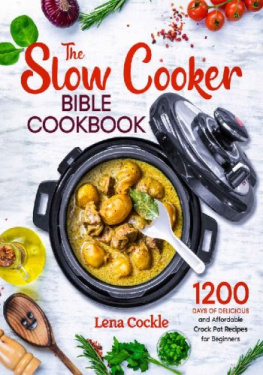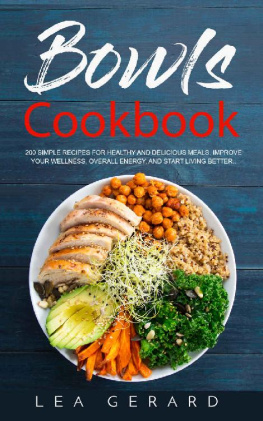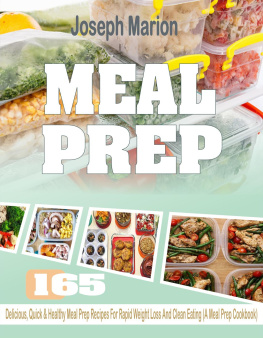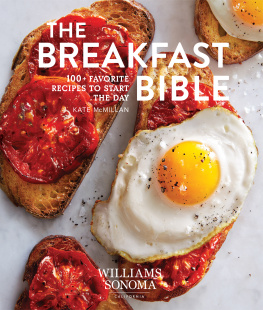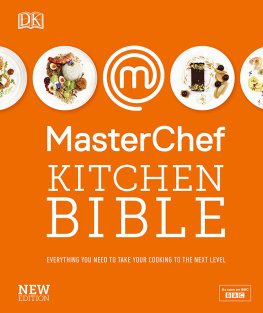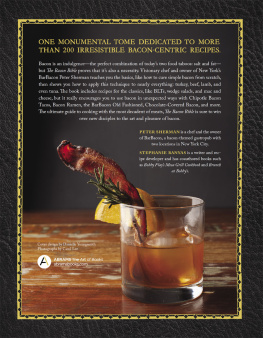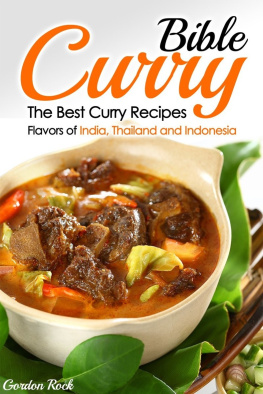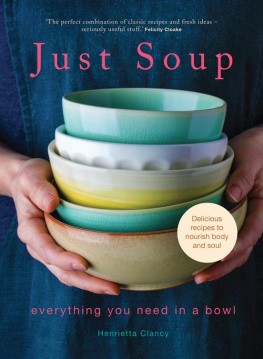EATING THE BIBLE

EATING THE BIBLE
Over 50 Delicious Recipes to Feed Your Body and Nourish Your Soul
RENA ROSSNER
PHOTOGRAPHS BY BOAZ LAVI

Skyhorse Publishing
Copyright 2013 by Rena Rossner
A modified version of the recipes and commentary in this book originally appeared in the Jerusalem Post.
Photographs on pages 170 and 171 by Eliav Korakh.
Photograph on page 235 by iStockphoto/Thinkstock.
All other photographs by Boaz Lavi.
All Rights Reserved. No part of this book may be reproduced in any manner without the express written consent of the publisher, except in the case of brief excerpts in critical reviews or articles.
All inquiries should be addressed to Skyhorse Publishing, 307 West 36th Street, 11th Floor, New York, NY 10018.
Skyhorse Publishing books may be purchased in bulk at special discounts for sales promotion, corporate gifts, fund-raising, or educational purposes. Special editions can also be created to specifications. For details, contact the Special Sales Department, Skyhorse Publishing, 307 West 36th Street, 11th Floor, New York, NY 10018 or info@skyhorsepublishing.com.
Skyhorse and Skyhorse Publishing are registered trademarks of Skyhorse Publishing, Inc., a Delaware corporation.
Visit our website at www.skyhorsepublishing.com.
10 9 8 7 6 5 4 3 2 1
Library of Congress Cataloging-in-Publication Data is available on file.
ISBN: 978-1-62873-463-8
Printed in China
Your children should be like olive plants around your table.
Psalms 128:3

To my parents
Contents
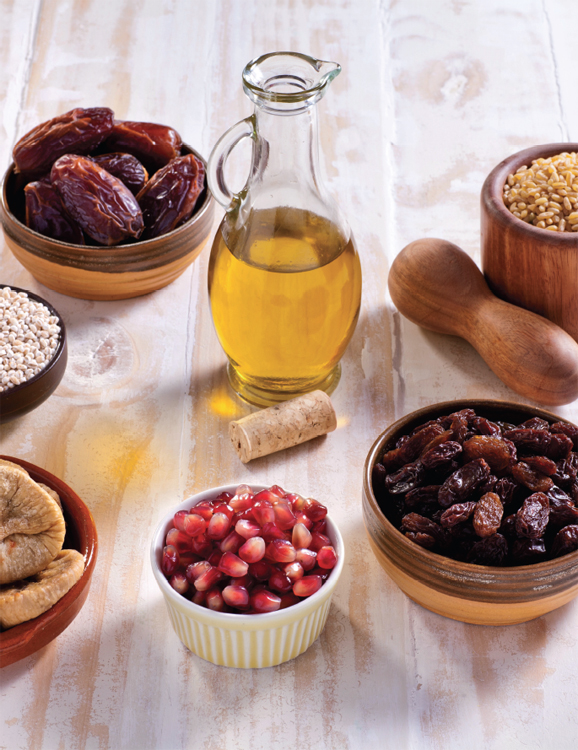
Introduction
If the way to a mans heart is through his stomach, perhaps
the palate can light the way to the soul.
One weekend, almost ten years ago, I was served a bowl of lentil soup at a Friday night dinner. The weekly portion of the Bible that had been read that week in synagogue was the chapter in which Esau sells his birthright to his brother Jacob for a bowl of red lentil soup. The ability to bring the Bible alive in such a tactile way motivated me to begin work on a cookbook, entitled Eating the Bible. The recipes Ive gathered serve as talking points for conversation, and as a fun and meaningful way to incorporate the Bible into a weekly meal.
This cookbook is an innovative addition to the kitchen, not only because it will change table conversation and make every meal into an experience as tactile as any holiday, but because it is a cookbook that enriches the soul of the cook along with the palates of those at her table. Every cook must glance at a recipe countless times before completing a dish. Often recipes involve five- to ten-minute periods during which one must wait for the water to boil, the soup to simmer, or the onions to saut. It is my goal to help enrich those moments with biblical verse and commentary to enable cooks to feed their souls as they work to feed the members of their households.
But the reason this cookbook is so dynamic is that it does not stop at the cook. The tidbits of knowledge the cook gains while cooking can not only be shared with guests and family, but the food itself becomes an item for discussion. I hope that Eating the Bible will change the way we cook and the way we eat.
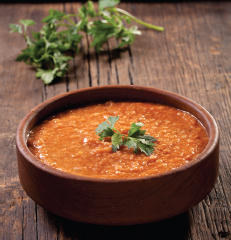
The Recipes
Eating the Bible began with a bowl of lentil soup, but it also began with a notebook. I spent years jotting down ideas and concepts that came to me as I read through the Old Testament, and I did it so that you dont have to. But I didnt want to re-create foods that were served at the times of the Bible, because that wasnt something that my husband or my five kids would eat. I wanted to find a way to make the Bible relevant to the modern kitchen. In my notebook I didnt just make a note every time an item of food was mentioned in the Bible, I wrote down concepts and ideas that could easily be applied to the modern kitchen. I wanted to cook and bake the way I normally do, using delicious, healthy, often kid-friendly recipes, but make the recipes into objects for table discussion. I wanted to bring the Bible into my meals in a way that would be fun, informative, and interesting, but also tasty.
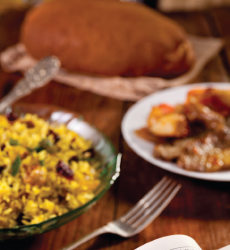
Eating the Bible is truly unlike any other cookbook youve ever used. While most cookbooks offer anecdotes about a recipe, this cookbook offers serious consideration of biblical texts, which will hopefully get you thinking, while at the same time giving you food for thought to share with your family that relates directly to the item of food that you are serving. Unlike other cookbooks, I dont really care if you make my recipes or not (though I think you should because they are all quite yummy)my goal in writing this cookbook was so much more than just recipes. My goal is to help you bring the Bible into your modern meals and your busy lives. This cookbook is versatile and modular: it can be experienced in-depth, providing the cook with reading material while making each recipe, which can then be imparted to family and guests, but there are also shortcuts in the form of Alternatives and Questions at the end of each recipequick and easy ideas to help you to bring the Bible to your table, no matter how pressed you are for time.
AlternativesSimple, often no-bake ideas, which will enable you to discuss the same concepts at your meal as mentioned in the in-depth commentary on the recipe. Even if you dont have time to make the full recipe, the alternatives can provide either child-friendly ideas to make alongside the recipe or they can serve as jumping-off points and inspiration for recipes of your own.
QuestionsSimple questions which you can ask at your table, which directly relate to the biblical commentary. If you wish, you can use them to spark discussion and open the conversation up for you to share what you read about the recipe and the corresponding chapter of the Bible. But feel free to disregard them altogethermake each recipe your own!

The Verses and Commentary Most of the commentary on the various verses and chapters of the Bible began simply. I read the original text in both Hebrew and English, and I stopped when I came across ideas or concepts that stumped me or because there was something there that made me think of food. Sometimes, I had my own ways of interpreting the verse and its meaning; other times I would look up the verse and see if there were parallels in other books of the Old Testament like the earlier and later prophets and writings. But sometimes I would look up words and terms in a Bible Concordance, which at times led me to the Babylonian and Jerusalem Talmud, and often to various Medieval, Renaissance, and modern commentators on those verses. Often the same things that troubled me also troubled the many scholars who had pored over the same texts at different times throughout history, and who came to sometimes similar and sometimes different conclusions. By nature, many of these sources were Jewish sources, because there is a strong tradition of biblical commentary and interpretation in Judaism. But because this is a cookbook and not a scholarly work, I do not refer to these commentators by name. That said, every source that I mention in this cookbook has been checked and verified by scholars much more knowledgeable than me, and if you would like to know the specific source for any commentary that I refer to in this cookbook, please feel free to contact me, and I will be happy to share the sources with you.

